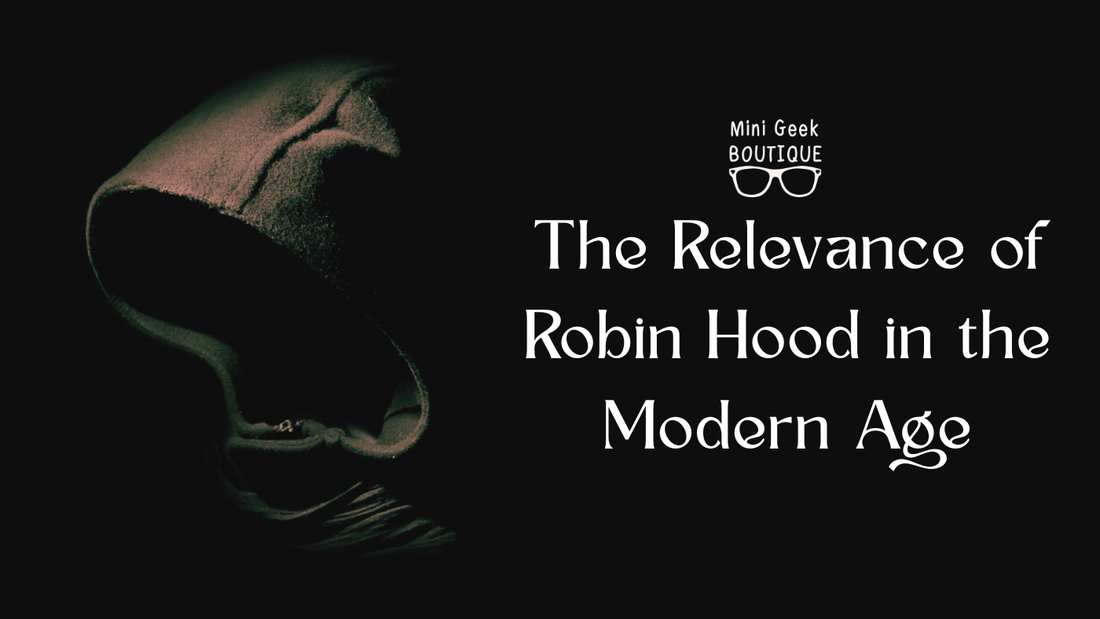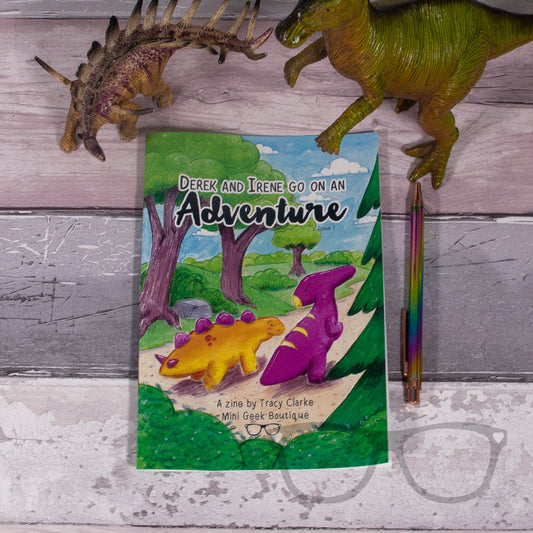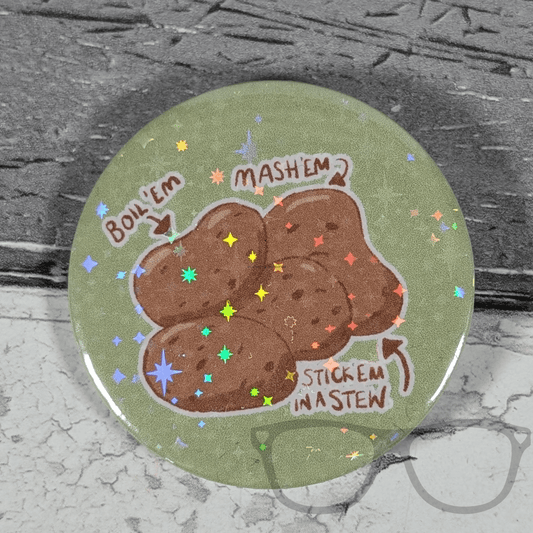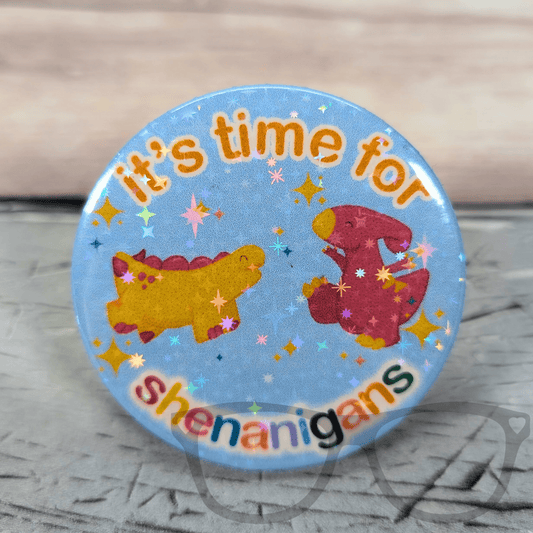
The Relevance of Robin Hood in the Modern Age
Share
The Enduring Legend
You’ve probably heard of Robin Hood, the medieval outlaw who robbed from the rich to give to the poor. His story has been told and retold for centuries. This noble rebel, hiding in the greenwood of Sherwood Forest, defied the power of the Sheriff of Nottingham to defend the rights of ordinary working people who could barely feed themselves.
Robin Hood fought for justice and fairness, standing up against landlords who took so much from their tenants that families were left hungry and destitute. Over time, the tale of Robin Hood and his Merry Men has evolved from medieval ballads and stage plays to modern-day films, television and literature. But why does this centuries-old outlaw still capture our imagination today?

The Changing Face of Robin Hood
Although Robin Hood’s story can be traced back to the mid-15th century, it has never stopped evolving. The earliest ballads didn’t include familiar figures like Maid Marian or Friar Tuck. These were added later by authors who wanted to adapt the tale for changing audiences and political climates.

From a noble Saxon freedom fighter set during the Norman occupation to a romantic outlaw and later a symbol of socialist resistance, Robin has always reflected the values and struggles of the time. As historian Stephen Knight notes, “Every generation has its own Robin, adapted to fit the needs of the time.”
Robin Hood in the Modern World
Robin Hood has been portrayed by many well-known actors, from Errol Flynn to Taron Egerton. His story has appeared in every medium imaginable, from children’s cartoons to gritty adult dramas. Yet no matter the version, Robin Hood represents more than just an entertaining tale. He embodies the ongoing struggle of everyday people against corruption, greed and inequality.

In today’s world, Robin’s fight against the Sheriff of Nottingham mirrors our battles against faceless corporations, rising inequality and political injustice. The legend naturally translates into modern discussions about wealth redistribution and social fairness. The fact that his story continues to be retold centuries later reminds us that, as a society, we still have much to learn about justice and equality.
For a deeper look at the legend’s modern interpretations, see the Smithsonian’s article on why each generation reinvents Robin Hood
Robin’s Emotional Connection
Despite its medieval origins, the story of Robin Hood continues to strike an emotional chord. People yearn for fairness, justice and the courage to stand up for what is right. The tale endures because it gives hope that one person, or one community, can make a difference.
Robin’s legend reminds us that heroism does not require titles or wealth, only compassion and courage. He has become a timeless symbol of rebellion and hope, proving that even in an age of technology and social media, stories of bravery and moral conviction still matter.
The Greenwood Reimagined
Even now, the myth continues to evolve. In our societies today, there are real-life Robin Hoods; activists, philanthropists and ordinary citizens who dedicate their lives to helping others and challenging injustice. In popular media, Robin’s story still captures our imagination as a tale of heroes fighting for what is right and helping those in need.
The story of Robin Hood, his Merry Men and his home of Sherwood Forest has become a metaphor for resistance and community, a place where the powerful can be challenged and the powerless can find refuge. Society still looks to such heroes, whether real or fictional, as beacons of hope in difficult times.

Who is Your Modern-Day Robin Hood?
Who would you consider a modern-day Robin Hood? Whether fact or fiction, who inspires you to be the best version of yourself- kind, brave and willing to help those in need?
Share your thoughts in the comments below. Because the legend of Robin Hood does not belong to the past- it belongs to all of us.




